Home / Albums / Tag War:American Civil War 78

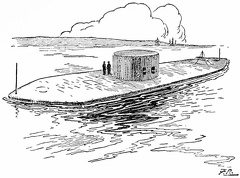 The Monitor
The Monitor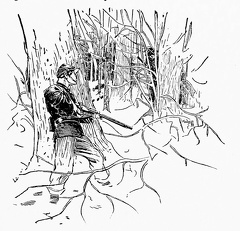 Two soldiers facing off
Two soldiers facing off The Drummer Boys dream
The Drummer Boys dream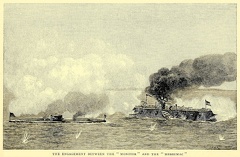 The Engagement between the 'Monitor' and the 'Merrimac'
The Engagement between the 'Monitor' and the 'Merrimac'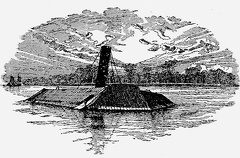 The Merrimac
The Merrimac The Shell sent a column of water
The Shell sent a column of water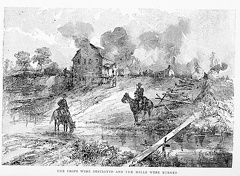 The Crops were destroyed and the mills were burned
The Crops were destroyed and the mills were burned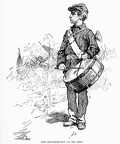 The Drummer Boy at his post
The Drummer Boy at his post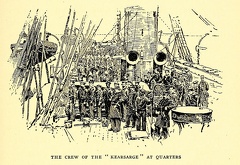 The crew of the Kearsarge
The crew of the Kearsarge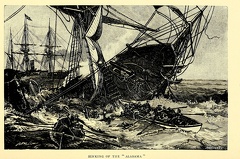 Sinking of the Alabama
Sinking of the Alabama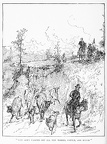 The Army carries off all the horses, cattle and mules
The Army carries off all the horses, cattle and mules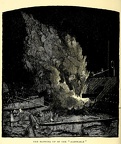 The blowing up of the 'Albemarle'
The blowing up of the 'Albemarle'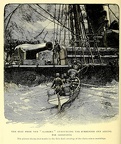 The boat from the 'Alabama' announcing the surrender and asking for assistance
The boat from the 'Alabama' announcing the surrender and asking for assistance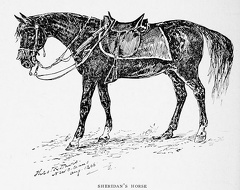 Sheridan's Horse
Sheridan's Horse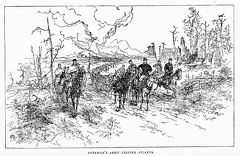 Sherman's Army leaving Atlanta
Sherman's Army leaving Atlanta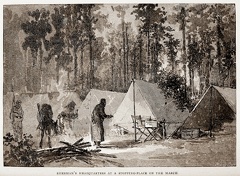 Sherman's headquarters
Sherman's headquarters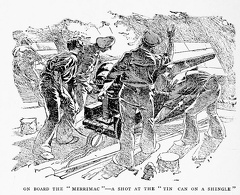 On Board the 'Merrimac'
On Board the 'Merrimac'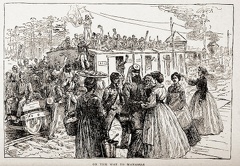 On the way to Manassas
On the way to Manassas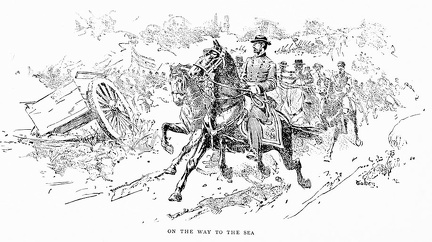 On the way to the Sea
On the way to the Sea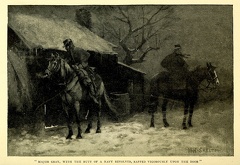 Major Gray, with the butt of a navy revolver, rapped vigorously upon the door
Major Gray, with the butt of a navy revolver, rapped vigorously upon the door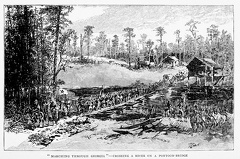 Marching through Georgia
Marching through Georgia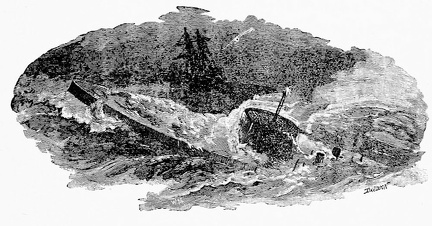 Monitor
Monitor Moses arrivve in camp
Moses arrivve in camp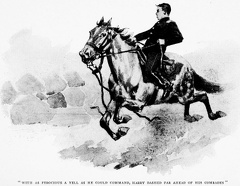 Harry's Dash
Harry's Dash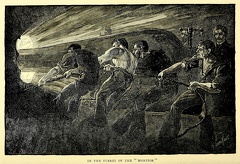 In the turret of the Monitor
In the turret of the Monitor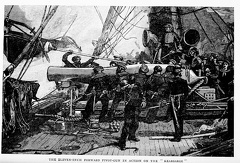 Kearsarge gun in action
Kearsarge gun in action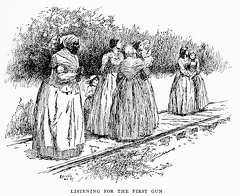 Listening for the first gun
Listening for the first gun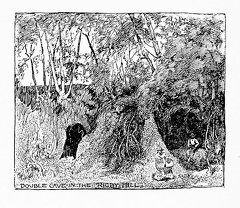 Double Cave in the Rigby Hill
Double Cave in the Rigby Hill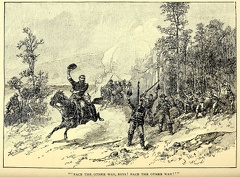 Face the other way, boys
Face the other way, boys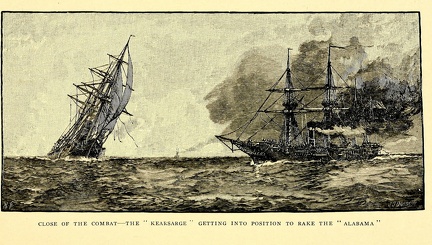 Close of the combat
Close of the combat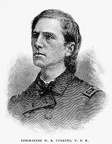 Commander W.B. Cushing, U.S.N
Commander W.B. Cushing, U.S.N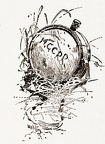 Discarded canteen
Discarded canteen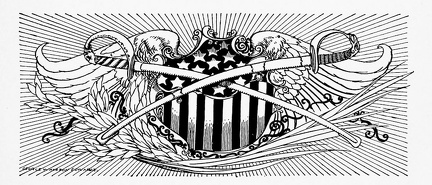 Divider with Cross Swords
Divider with Cross Swords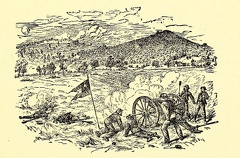 Battlefield scene
Battlefield scene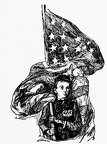 Boy with Flag
Boy with Flag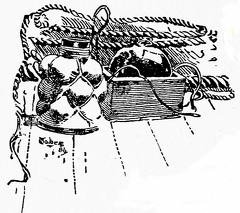 Cannonballs
Cannonballs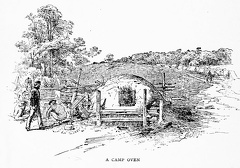 A Camp Oven
A Camp Oven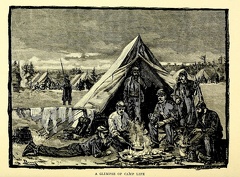 A Glimpse of Camp Life
A Glimpse of Camp Life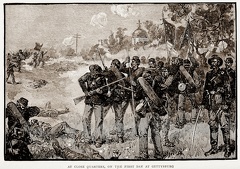 At Close Quarters, on the first day at Gettysburg
At Close Quarters, on the first day at Gettysburg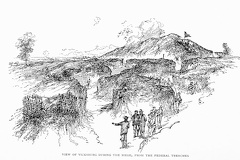 View of Vicksburg during the seige
View of Vicksburg during the seige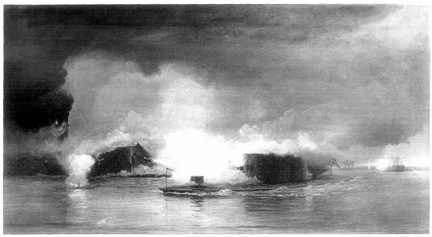 The Fight Between The Monitor And The Merrimac
The Fight Between The Monitor And The Merrimac Edwin M. Stanton
Edwin M. Stanton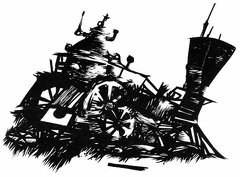 A Destroyed Train
A Destroyed Train Gen. Joseph E. Johnston
Gen. Joseph E. Johnston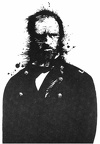 Maj. Gen. William T. Sherman
Maj. Gen. William T. Sherman Maj. Gen. James B. McPherson
Maj. Gen. James B. McPherson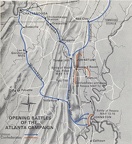 Opening Battles Of The Atlanta Campaign
Opening Battles Of The Atlanta Campaign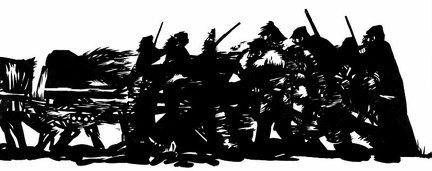 Four long and bloody months
Four long and bloody months After a council with Hood and Polk, Johnston abandoned the Cassville position
After a council with Hood and Polk, Johnston abandoned the Cassville position Lt. Col. William H. Martin
Lt. Col. William H. Martin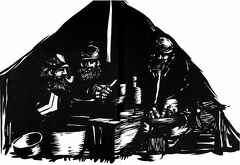 Veterans
Veterans Supplements to the rations
Supplements to the rations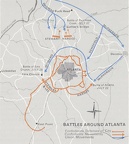 Battles Around Atlanta
Battles Around Atlanta Gen. John B. Hood
Gen. John B. Hood Trees
Trees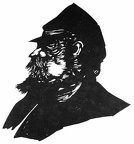 Soldier
Soldier Fallen Soldier
Fallen Soldier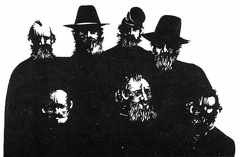 Seven Soldiers
Seven Soldiers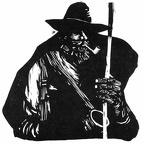 Soldier with staff and pipe
Soldier with staff and pipe Cavalry
Cavalry



